
_svg.png)

_svg.png)
TWICE AS FAR
SWISSAIR 111
CRASH INVESTIGATION
![]()
![]()
![]()
- THE INVESTIGATION -
THE SEATTLE SHORT CIRCUIT WIRE PLAN
THE SEATTLE SHORT CIRCUIT WIRE PLAN
The following is John Garstang's plan for the preparation of short-circuited wires
at the Boeing Electrical Lab in Seattle.
Based on what was known at the time about the aircraft's fire,
the plan called for the creation of short circuited wire beads on the various types of aircraft cables.
Once made, some underwent burning by various means
that in many ways corresponded to the aircraft's fire conditions.
More short-circuited wires were created during the burning of aircraft materials
so that they would include smoke elements in their outer shell area.
The main purpose was not necessarily to exactly duplicate what may have occurred on the aircraft,
but to create a database of short-circuited wire results that had been created under similar and known conditions.
The AES results of the aircraft wires could then be compared to the AES results of these known wires.
Dr. Brown examined the Seattle wires and in every instance that he was able to obtain AES results,
he was accurate in his determination of its method of formation.
However, a small number of the wires were too encrusted in carbon to be of value.
This result was due to the burning method to which those wires had been subjected.
The TSB decided that because he could not identify those few soot-fouled beads,
the AES method was unreliable, and therefore, his efforts failed their test.
They, of course, needed some way to discredit the AES evidence.
Dr. Brown's findings showed the likely presence of a criminal incendiary device onboard the aircraft.
Dr. Brown's methods were the only truly scientific method that produced evidentiary results.
However, those results were ignored and discredited by illegal methods
by members of both the TSB and the RCMP
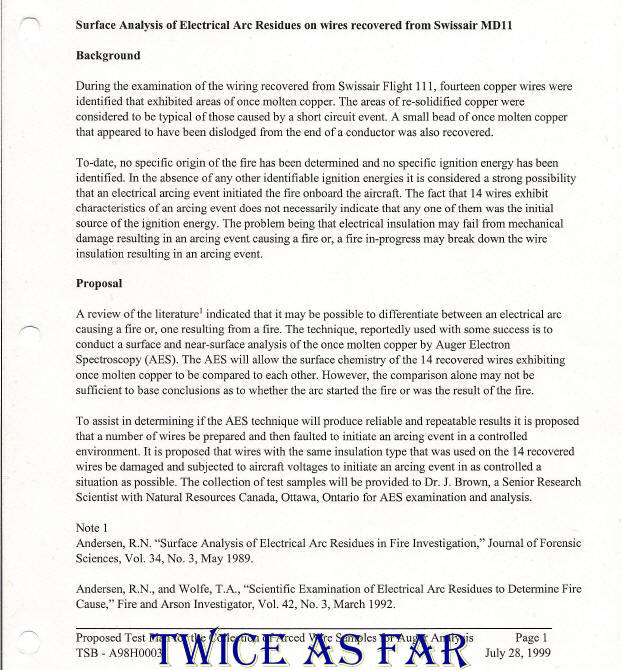
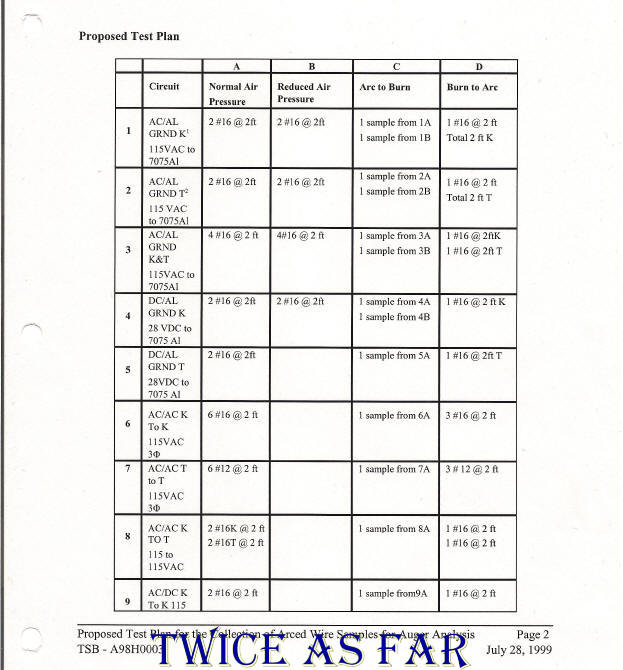
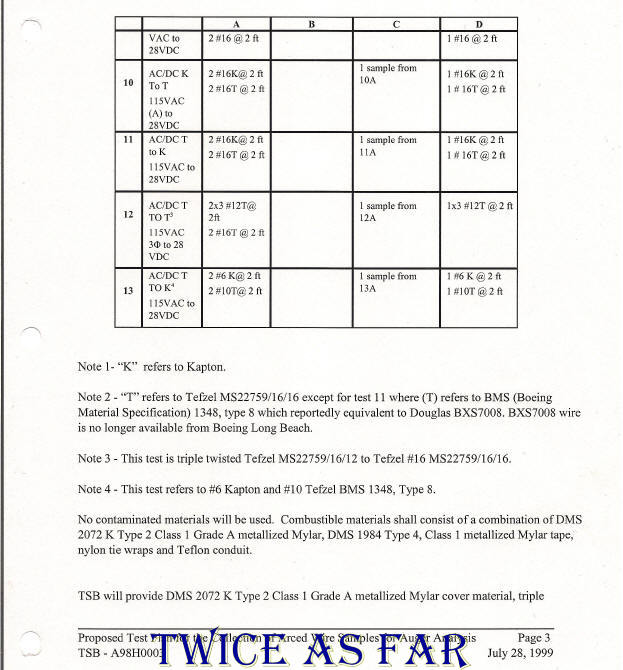
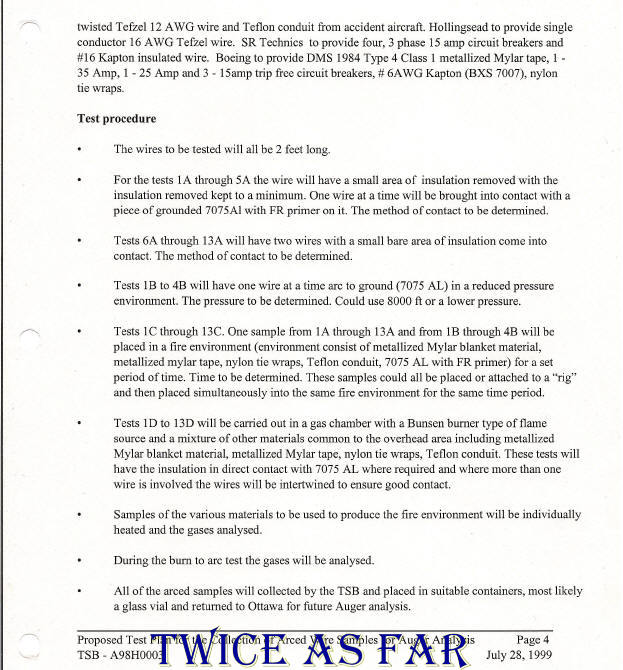
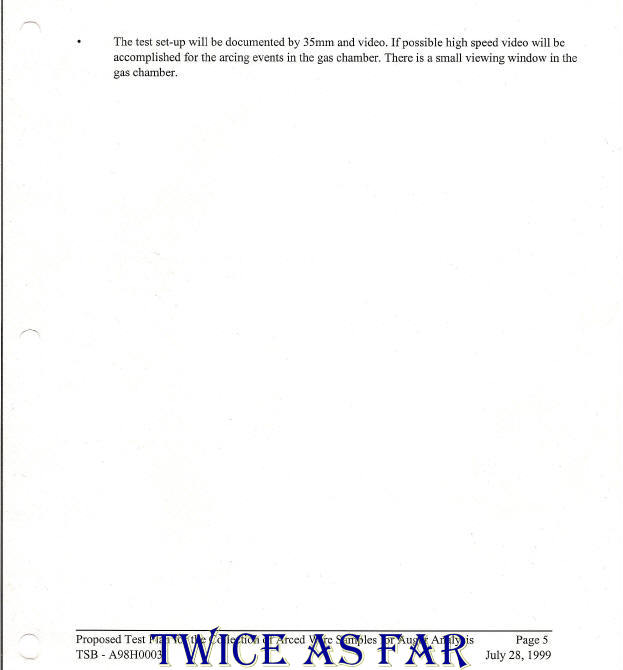
| ------------ SITE MAP ------------ |
THE SEATTLE SHORT CIRCUIT WIRE VIDEO
THE SEATTLE SHORT CIRCUIT WIRE VIDEO
The following is the link to a short video
illustrating some of the various methods and equipment used in the tests.
Since the process had not been done before for this specific purpose,
it was largely a trial and error method until something worked.
One thing to note in some of the tests is the camera's time clock on the screen.
The video is heavily edited
as many of the tests lasted many and sometimes tens of minutes.
One test,
the Kapton wire wrapped around the metal rod with the flame below,
had to be run twice
because the first time it was staged the video tape ran out after forty-five minutes.
Note also that the Metalized Mylar in the jelly roll did not burn completely,
nor did it burn quickly.
Instead, the flame front can be seen to creep along the material.
There is no reason to believe it would have occurred any differently during the fire on board HB-IWF
if it had been a fire of normal conditions, as indicated by the TSB.
Indeed, that is what occurred during the FAA burn tests of the same material.
Also, note that the fibreglass insulation bats did not burn or melt under these conditions.
There is no audio for most of the tape.
Both Boeing and the TSB had requested that audio not be recorded.
* * * * * * * * * * * *
| ----------- NEXT PAGE ------------ |
| ------------- SITE MAP ------------- |
| ----------- HOME PAGE ----------- |
![]()
![]()
![]()
![]()